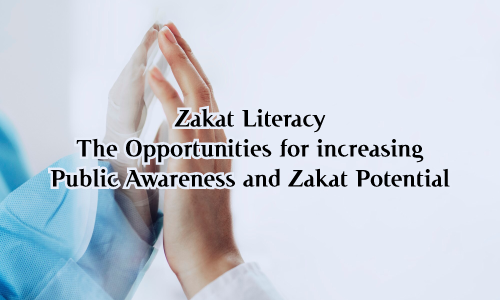
Summary: This paper examines the escalating humanitarian crisis in the Gaza Strip following the collapse of the ceasefire between Israeli forces and Hamas in March 2025. The resumption of hostilities has resulted in widespread civilian casualties, the destruction of critical infrastructure, and the imposition of a comprehensive Israeli blockade that has severely restricted access to food, medicine, fuel, and humanitarian aid. The blockade has exacerbated existing socioeconomic vulnerabilities, leading to the collapse of Gaza’s healthcare system and economic paralysis. The study analyzes the multifaceted impact of the conflict, including targeted aerial bombardments, internal displacement, and the systemic dismantling of livelihoods. Particular attention is given to the proposed buffer zone in Rafah and its implications for further population displacement and demographic transformation. The paper underscores the legal and ethical obligations of the international community under International Humanitarian Law (IHL), advocating for the enforcement of legal norms, the establishment of humanitarian corridors, and accountability for potential war crimes. Furthermore, it calls for greater regional and international diplomatic engagement to mediate the conflict, facilitate humanitarian access, and support post-conflict reconstruction led by Palestinian authorities. The analysis concludes by emphasizing the necessity of a comprehensive and just political resolution grounded in international law, recognizing Palestinian self-determination, and addressing the structural causes of the conflict to achieve sustainable peace and the restoration of human dignity.
Escalation of Hostilities and Civilian Impact
The intensification of violence in Gaza has produced some of the gravest humanitarian conditions in recent memory. The termination of the Israel-Hamas ceasefire on March 18, 2025, marked the onset of large-scale military operations. Within hours, Israeli forces initiated widespread aerial strikes, resulting in the deaths of over 400 Palestinians, including 263 women and children. This offensive ranks among the most lethal in the region’s protracted conflict history, accentuating the persistent exposure of civilians to hostilities rooted in longstanding political and territorial disputes.
A stark illustration of the violence’s impact is…

















